Tag: hemodynamics
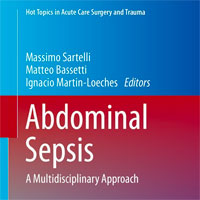
Abdominal Sepsis: A Multidisciplinary Approach
Recently released, Abdominal Sepsis examines in detail the topic of sepsis, with a focus on intra-abdominal sepsis. Particular attention is devoted to source control in the management of the infection, antimicrobial therapy... read more

Positive End-expiratory Pressure and Mechanical Power
Less than 7 cm H2O positive end-expiratory pressure reduced atelectrauma encountered at zero end-expiratory pressure. Above a defined power threshold, sustained positive end-expiratory pressure contributed to potentially... read more
When Does an Effusion Become Pericardial Tamponade?
Pericardial tamponade occurs when fluid within the pericardial sac impairs filling of the right-sided chambers, leading to a decrease in cardiac output and hemodynamic compromise. It is neither a clinical nor an echocardiographic... read more
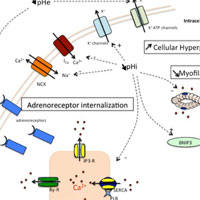
Hemodynamic Consequences of Severe Lactic Acidosis in Shock States
Deleterious hemodynamic effects of severe lactic acidosis are largely suggested by experimental data, although not fully confirmed by human studies. Pending the effectiveness of an etiological treatment, there is no efficient... read more
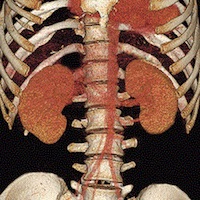
Natriuretic Peptides: A Role in Early Septic Acute Kidney Injury?
Acute kidney injury (AKI) is a common complication of critical illness and is associated with significant morbidity, mortality, and financial cost. Sepsis is the leading association of acute kidney injury in the intensive... read more
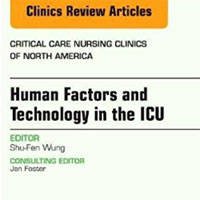
Technology in the ICU, An Issue of Critical Care Nursing Clinics of North America
Dr. Wung is addressing an important component of critical care nursing: the role of technology in patient care. She has assembled top authors to provide current clinical information in the following areas: Sensory overload... read more

Effect of Decompressive Laparotomy on Organ Function in Patients with Abdominal Compartment Syndrome
Decompressive laparotomy has been advised as potential treatment for abdominal compartment syndrome (ACS) when medical management fails; yet, the effect on parameters of organ function differs markedly in the published literature.... read more
Hemodynamic Support of Pediatric and Neonatal Septic Shock
Margaret Parker, MD, MCCM, speaks with Joseph A. Carcillo, MD, about the article, "American College of Critical Care Medicine Clinical Practice Parameters for Hemodynamic Support of Pediatric and Neonatal Septic Shock," published... read more

Diagnostic Workup, Etiologies and Management of Acute Right Ventricular Failure
Right Ventricular (RV) function evaluation is key in the critically-ill patients for hemodynamic management, as fluid optimization, vasopressor strategy and respiratory support. RV failure may be diagnosed by the association... read more

Hemodynamic Response After Rapid Sequence Induction With Ketamine in Out-of-Hospital Patients at Risk of Shock as Defined by the Shock Index
After ketamine induction, high shock index patients exhibited blunted hypertensive responses and more frequent hypotension, whereas low shock index patients had sustained increases in pulse rate and SBP. One hundred twelve... read more

Advances in Critical Care Management of Patients Undergoing Cardiac Surgery
Cardiac surgery has been evolving to include minimally invasive, hybrid and transcatheter techniques. Increas‑ing patient age and medical complexity means that critical care management needs to adapt and evolve. Recent... read more
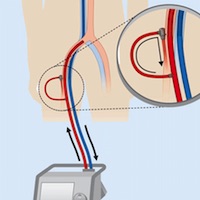
Left Ventricular Unloading During Veno-Arterial ECMO
Veno-arterial extracorporeal membrane oxygenation (VA ECMO) is widely used in cardiogenic shock. It provides systemic perfusion, but left ventricular (LV) unloading is suboptimal. Using a closed-loop, real-time computer model... read more
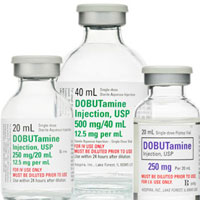
Prevention of Low Cardiac Output Syndrome After Pediatric Cardiac Surgery
Dobutamine and milrinone are safe, well tolerated, and equally effective in prevention of low cardiac output syndrome after pediatric cardiac surgery. The hemodynamic response of the two drugs is comparable. In uncomplicated... read more

Choosing the Right Hemodynamic Platform
Choosing the Right Hemodynamic Platform: ABG, SV to PAC – Barbara McLean, MN, RN, CCNS-BC, NP-BC Barbara McLean, MN, RN, CCNS-BC, NP-BC Critical Care Clinical Specialist Critical Care Division Grady Health System... read more








